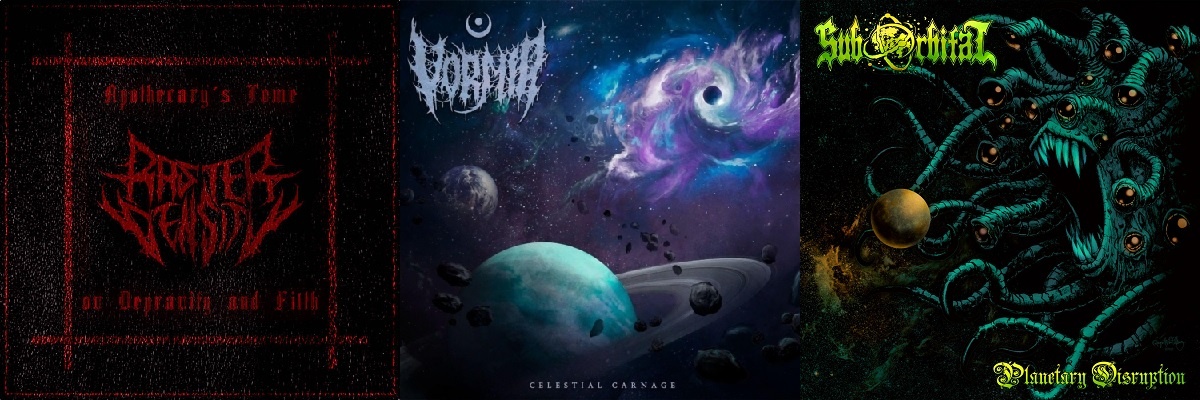
Exactly what constitutes the precise definition of “Technical” Death Metal is a controversial topic at the best of times.
After all, doesn’t Death Metal – above a certain number of bpm, at least – actively require a certain amount of technical talent to properly pull it off?
And where exactly does one draw the line? After all, no-one would go around referring to Cannibal Corpse as “Technical Death Metal”, obviously, but many of their riffs (and particularly their bass-lines) are pretty finger-flensing, while Dying Fetus (to pick another “big name” out of the hat) are pretty famous for their face-melting fretwork but are arguably just as well-known for their willing embrace of bone-headed brutality.
Perhaps it’s just an age thing – maybe some of today’s “Technical Death Metal” bands wouldn’t have been referred to as such “back in the day” – or maybe there’s more to it than that.
Whatever the answer is… I don’t have it for you here. But I do recommend you check out all three of the artists/albums featured in today’s article, whether you’re a fan of “Technical” Death Metal or not.

